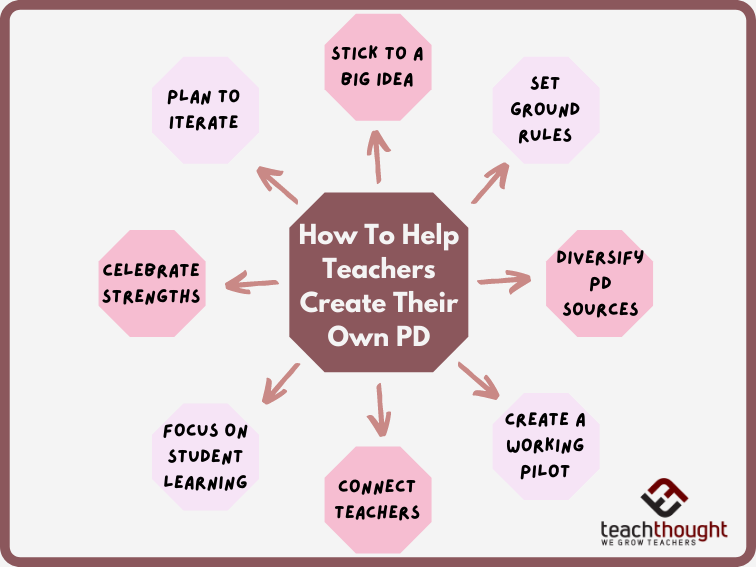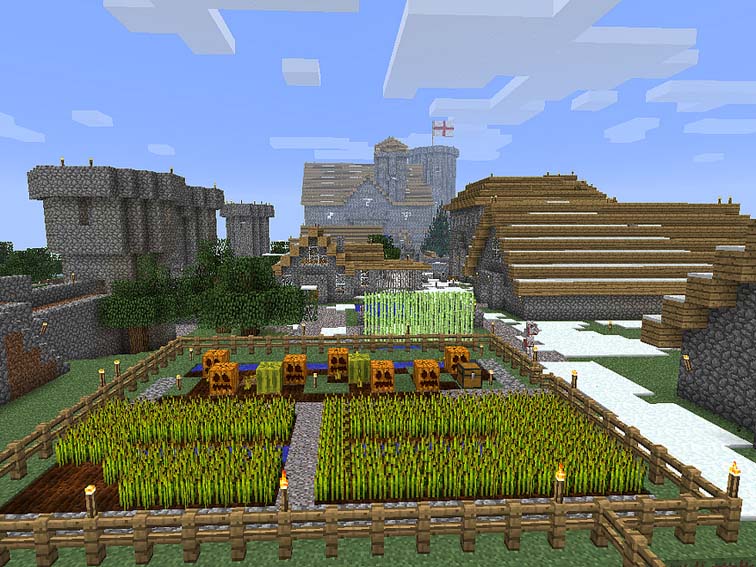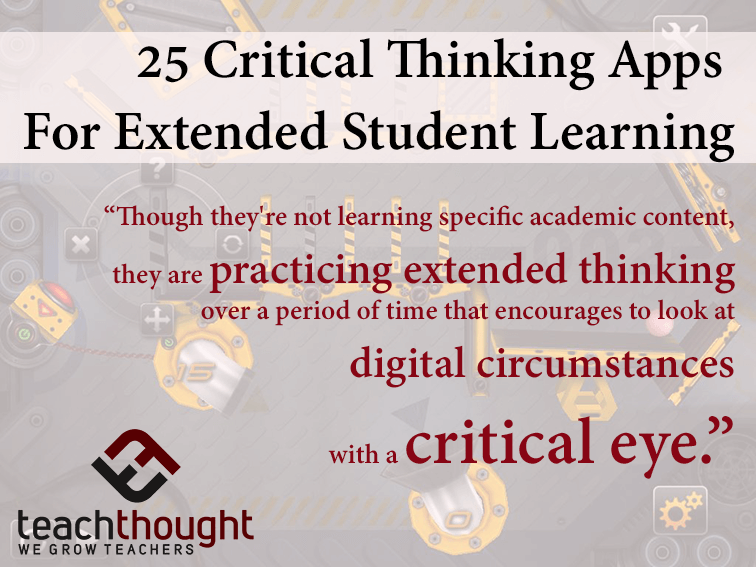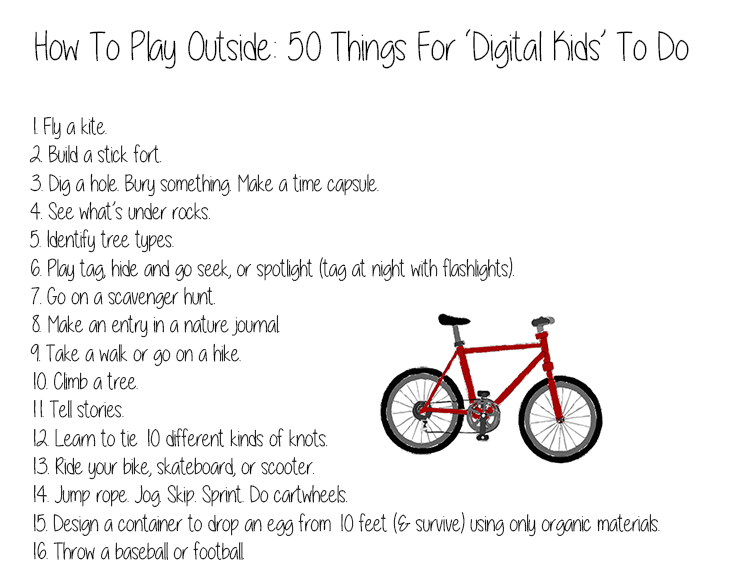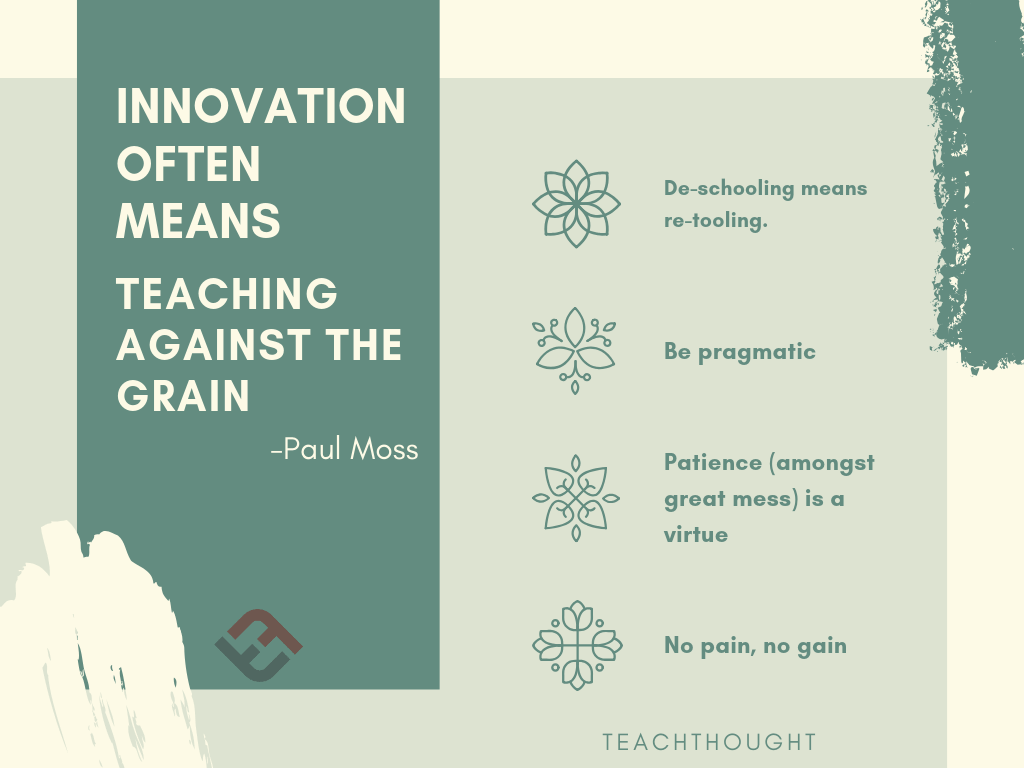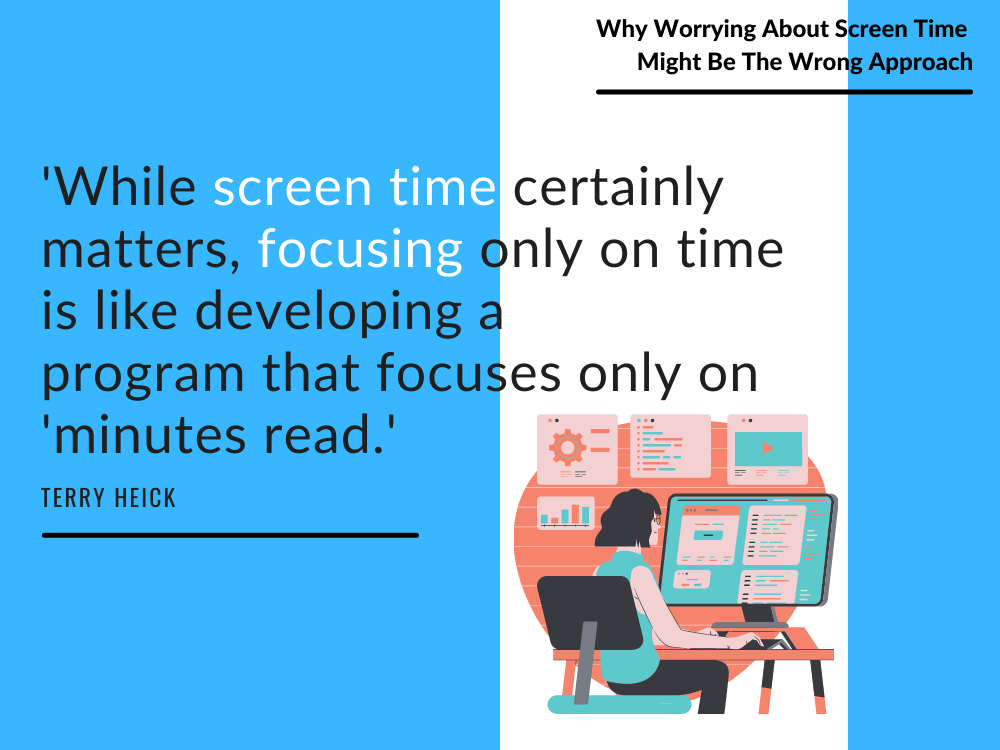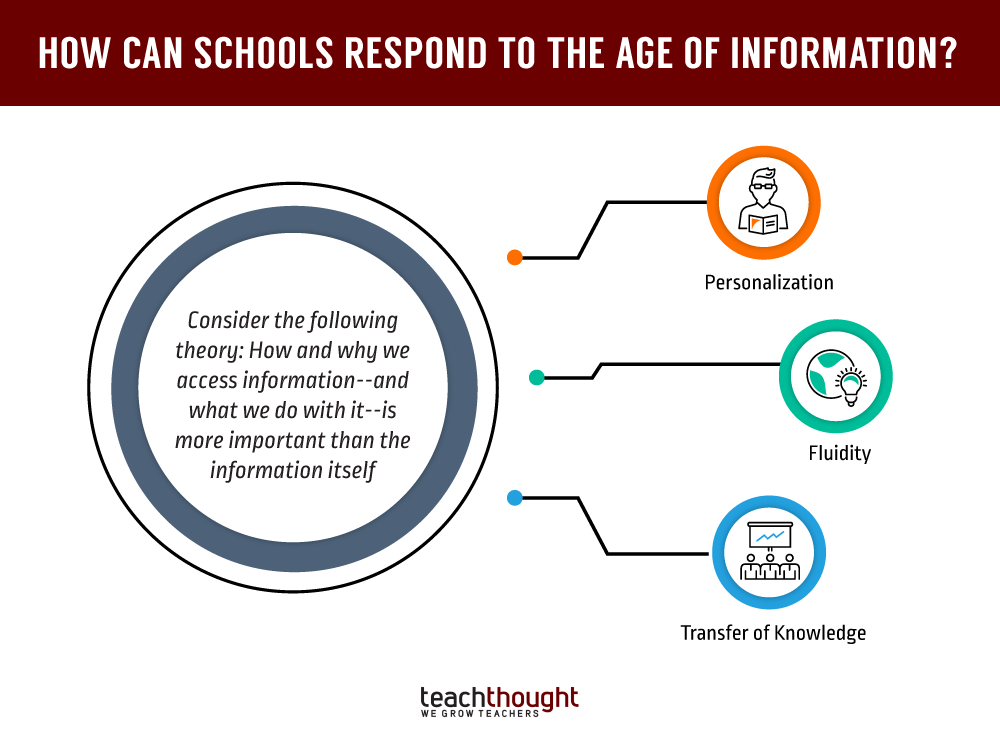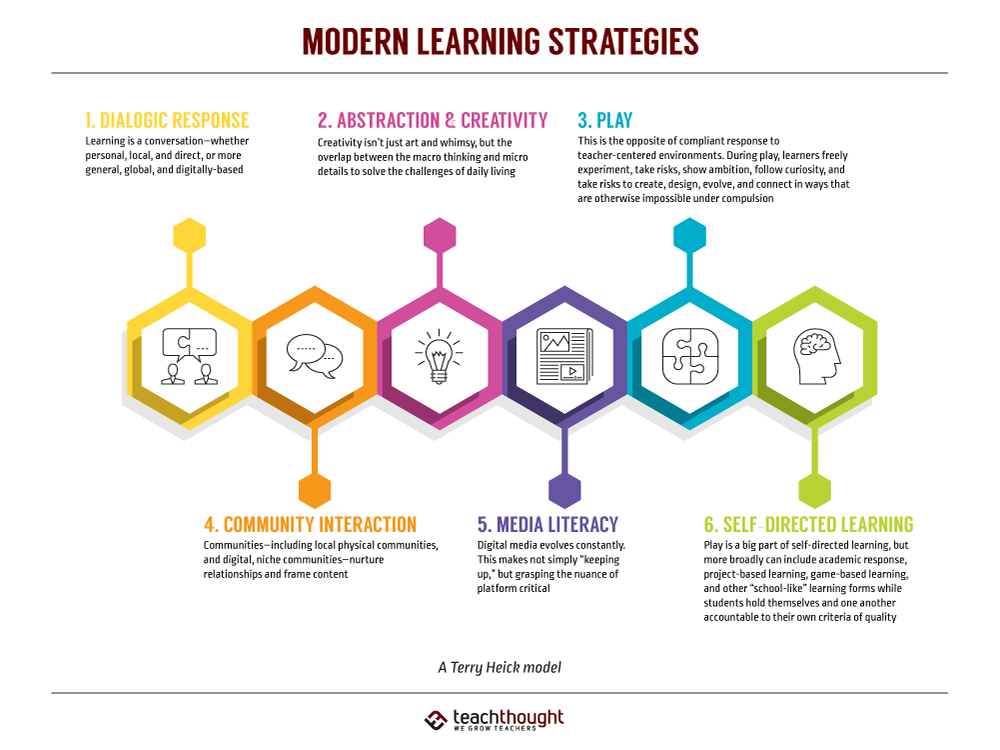Tag: Trending
How To Help Teachers Create Their Own Professional Development
A flipped teacher PD program could inform the kinds of conferences and on-site PD most relevant and authentic to your local circumstances.
Minecraft in Education: What Teachers Can Learn From Minecraft
Minecraft in Education: What Minecraft Can Teach You About Pedagogy by TeachThought Staff Minecraft is a simple, clumsy-looking little game […]
25 Critical Thinking Apps For Extended Student Learning
Critical thinking is widely misunderstood. Apps that promote it can be hard to find. Here are 25 critical thinking apps to get…
How To Play Outside: 50 Things For ‘Digital Kids’…
So you’ve been told to play outside, and you’re not sure what to do. There’s no electricity, no Wi-Fi, and the sun’s…
Innovation Often Means Teaching Against The Grain
The feeling that I get observing students learning for themselves and assuming ownership of their experience is pure joy.
Why Worrying About Screen Time Might Be The Wrong…
While screen time certainly matters, focusing only on time is like developing a literacy program that focuses only on ‘minutes read.’
How Schools Can Respond To The Age Of Information
In the Age of Information, data has moved from singular places (here and there) to infinitely plural realities.
Modern Learning Strategies: 6 Channels Of 21st Century Learning
Learning channels’ refer to the unique pathways students most naturally–and powerfully–use to develop skills and understanding.
